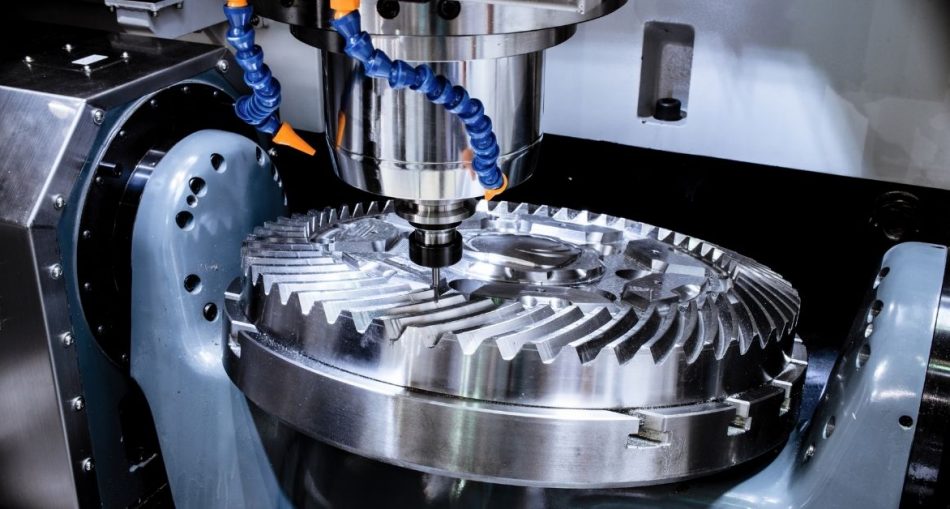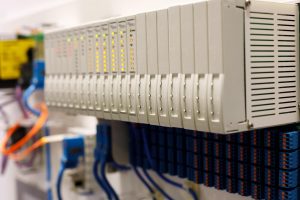Well, before you use Computer Numerical Controlled (CNC) to create your products, there are a few questions you need to answer. How much does Computer Numerical Controlled (CNC) machining cost? And what can affect this cost?
It is now a tool used globally for product creation in many industries. It concedes precision cutting like never and allows you to generate various identical outcomes at once. That sounds great.
Here, you are in the right place! Read on to find out everything you need to know about CNC routing Sydney machine prices.
What is Computer Numerical Controlled (CNC)?
Computer or CNC digital control is a method of digitally designing a product and using this design to cut parts of the product.
You can create this design by typing it manually on a computer. You can also save time using a CAM program to scan a prototype and create a design from it.
Whatever method you design, your computer uses this design to cut pieces of your product from a range of materials. Depending on the design of the room and the material you use, you may need a different manufacturer’s machine. i.e. example, Computer Numerical Controlled or CNC plastics engineering machining mainly uses milling and turning machines, while sheet metal uses metal cutting and stamping machines.
This designs parts for your products that you can then prepare or build before packaging. This saves you a lot of time if you want to create multiple identical products.
This also decreases the risk of social error during the production process. As long as you have precise dimensions in its original design, you just need to configure the machine to create perfect products every time. You can even save your design for future use in case you need to place more orders in the future.
Despite the progress made in 3D printing, Computer Numerical Controlled or CNC machining is the most cost-effective method of plastic manufacturers Sydney on-demand, especially for metal parts. Let’s break down your costs.
Computer Numerical Controlled or CNC Machining is a founded digital manufacturing process that delivers high-precision components with exceptional mechanical properties directly from a CAD file. Although it has existed since the early 1950s, recent technological advances in digital supply chains have significantly reduced the cost of CNC machining and made it readily accessible to a larger number of professionals.
Since 3D printing requires no tools, start-up costs are low, making it particularly competitive for small volumes or unique custom parts.
The wide coverage of conventional supports in 3D printing may have overstated the expectations of this technology in applications where it is not the most suitable, especially for the production of metal parts.
In this article, we will inspect the costs of CNC Machining Services Sydney (machinery, labor, and materials) and compare them with 3D printing using envelope background calculations and practical examples to better understand the current state of these two technologies.
The uses of Computer Numerical Controlled (CNC)
CNC machines are useful for many industries. From complicated components to large products, it can improve speed up almost any production process.
Using Computer Numerical Controlled (CNC) is an excellent way to create various copies of the same product. That is why it is often a popular option for manufacturing engines or machines. The creation of parts for gears, shafts, and brakes is in one day’s work for a CNC machine.
It is also very beneficial for creating complicated systems before-mentioned as firearms. These comprise many small and complex rooms. These are much easier to design and cut using CNC technology than hand cutting.
Computer Numerical Controlled (CNC) is also widely used in the aerospace industry, as it provides brilliant precision, which is important in aerospace technology. The margins in aerospace goods are usually as close as 0.00004 inches, performing manual production difficult.
Other industries using CNC include:
- Medical industry.
- Oil and gas industries.
- Transportation industry.
- Marine industry
- Electronics industry
Today, 3D technology has become a competitor of CNC machines, however, CNC still has the advantage of some products. You need a substandard product. It’s also good if you have a quick ride around time.
However, with precision cutting or high-volume control, CNC machines are your best choice. It also offers you a wider range of materials to use in your projects.
But how much does it cost to use this brilliant technology? Let’s look.
How much does Computer Numerical Controlled (CNC) machining cost?
The cost of a CNC machine can differ depending on what you are using. It is worth considering the overall budget of your project before placing an order.
There are several facets of CNC prices you should think about. For example, project planning means you spend money on the project before it even starts. And the basic cost of the materials you use should also be in your budget.
You should also think about:
- The specific costs of your order
- The cost of using different machines
- Labor costs
- All additional completion costs
It is also important to consider the workshop fees set by the company you are using for your digital control. To do this, it is worth getting a quote from some different companies.
The overall cost of the machine is about two-thirds of the total cost of CNC machining and 3D printing. The price of the machine (cost per hour) is calculated by dividing the purchase cost by the total number of hours expected to operate the machine (usually 8 years for 5k hours per year).
The typical rate of a 3-axis CNC milling machine (excluding the operator’s salary) is $35 per hour. To this, the salary of the machine operator should be added, which usually varies at about $30 an hour. CNC turning is generally less than $30 per hour, while the cost of the machine per hour of multi-axis CNC machining ranges from $70 to $110 or more.
The hourly rate for industrial 3D printers ranges from $10 to $25 for SLS or metal engineering Sydney industrial machines to more than $110 per hour for SLM and DMLS metal 3D printing systems. To do this, costs associated with the risk of printing failure should also be included; one study suggests that risk costs can double the operational cost of 3D printing.
This means that the total cost of ownership and operation of a CNC machine is comparable (or, with metal, much lower) to that of an industrial 3D printer.












